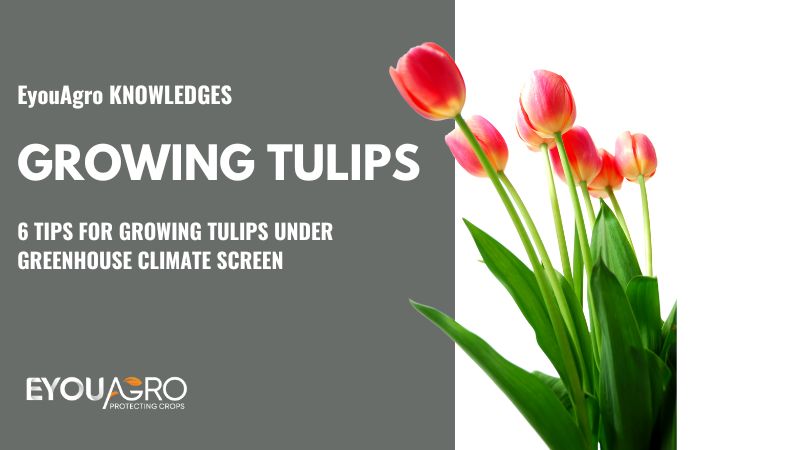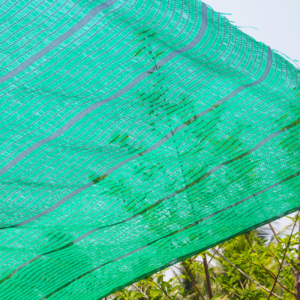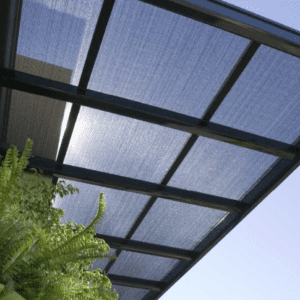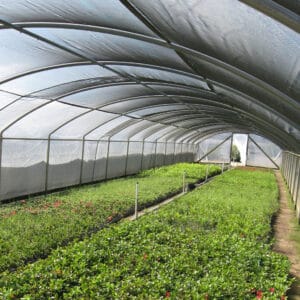Tulips reward your best-growing efforts with beautiful colors, shapes, and sizes for displays. Growing tulips in a greenhouse reward your effort by producing longer stems
Your tulips grow faster than field-grown tulips. So you sell faster and earlier in the season.
Here are a few tips to grow your tulip undercover in a greenhouse
Choose Suitable Varieties for Greenhouse
Before you start growing tulips in a greenhouse, here are a few recommended varieties.

Maureen
Tulip blooms are oval, with a diameter of 10-12 cm and a height of 8-10 cm. It has a cream base and a white color. The stems are 50 cm long, straight, and thick.
Kees Nelis
This is a classic favorite with a distinctive red blossom. It boasts huge, traditional-looking buds. Their diameter is 11-14 cm and their height fluctuates between 10-12 cm. During flowering, the buds do not open until the very end. The lower section is bright pink, with a deep golden color around the borders. The stems are robust and straight, reaching up to 60 cm in length. The leaves have a crimson hue to them.
Oxford
8-10 cm in diameter is the goblet buds. The petals are an intense shade of crimson. The base is yellow-green on the inside. Viruses have little effect on this type.
Vivex
The goblet-shaped bud is extended. Do not unfurl in the light; instead, have an elegant demeanor until the time comes to fade. Each petal features a combination of rich coral, mild red-orange tones, and pink streaks. Yellow is the color of the flower’s base
Eric Hofsue
The goblet form of large, hefty buds. Under the influence of the sun, the flowers do not bloom. With cream borders and crimson petals. Strong stems grow to 75 cm in length.
Parade record
The petals of a large goblet are vivid crimson in hue. The buds have a golden foundation with black markings. The stem is tall and sturdy.
Aristocrat
The tulip features huge goblet-shaped buds. The blossoms are bright blue and gradually fade to white. Planting material selection and delivery It is critical to select the proper planting material to ensure that all tulips sprout, produce attractive buds, and do not become ill throughout the growth phase. Flowers are produced from bulbs purchased at gardening stores, nurseries, and marketplaces, or cultivated from seed.
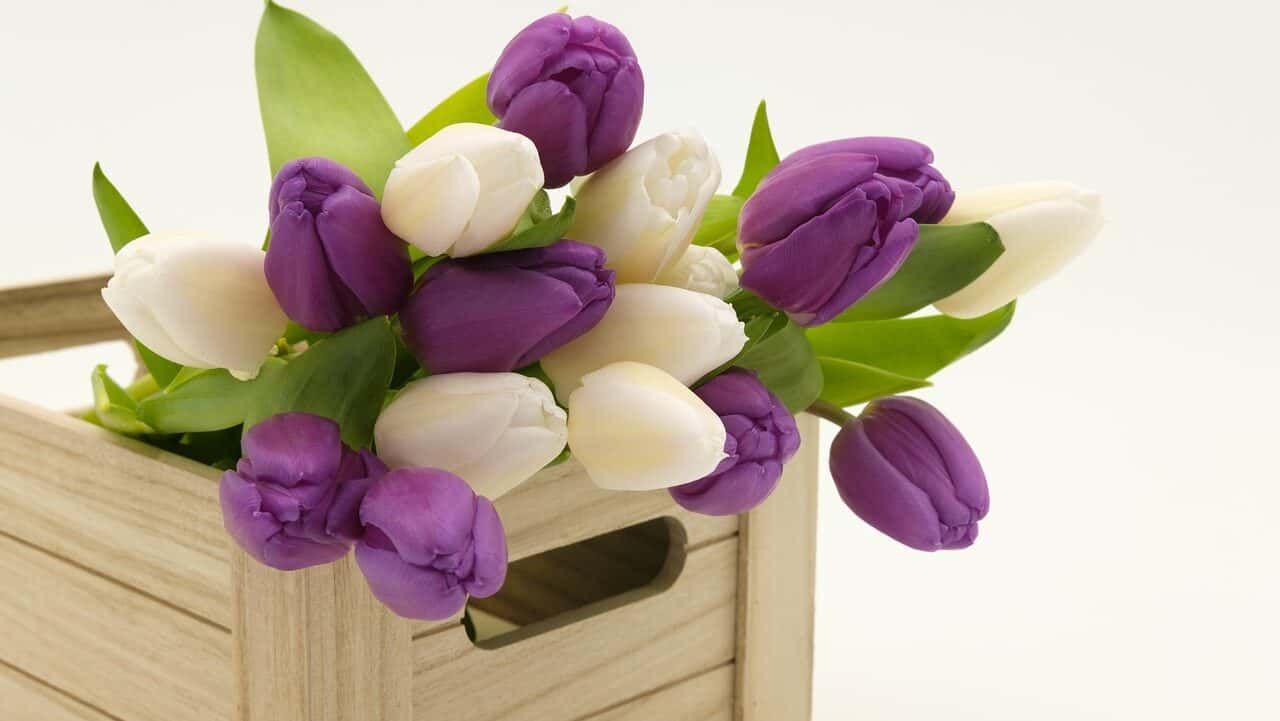
Select the Healthy Planting Medium
For your tulips to sprout and produce lovely buds, you must select the appropriate planting medium. The bulbs are purchased from gardening stores or nurseries. When buying tulip bulbs, keep the following in mind.:
Scales – Make sure the shell isn’t too dark brown and pliable. A firm, dark brown coating indicates that the bulbs have been overexposed in the soil.
Size – The bulb should be 3-4 centimeters in diameter at its widest point. Although smaller buds take longer to germinate, you should purchase them.
Appearance – Make sure your planting materials are in the right form, color, and texture for the job. Check for stains, damage, or any other indicators of illness on your planting supplies.
Stem – Make sure the stem isn’t too big and doesn’t have any mold on it. Also, notice how the bulb’s tip is the only part that protrudes
Weight – A good bulb has a thick feel about it. If you press it, be sure no liquid escapes. It might be rotting on the inside, based on the light planting material.
Prepare Your Greenhouse and Soil
To avoid your bulb becoming diseased, you must first prepare the soil to be:
- Permeable to light and water
- A mixture of sand and sawdust in equal parts
- Drainage materials such as fine gravel or shell rock can be used.
To disinfect the soil,
- Calcine the soil for 14 hours at maximum temperature to sterilize it.
- Allow chilling in potassium permanganate solution
Plant the bulbs in 15-cm-deep broad boxes. By immersing them in a dark pink potassium permanganate solution or pouring hot water over them, they can be disinfected.
Sulfurize your greenhouse and clean the walls with a copper sulfate solution (1 tbsp. l. 10 gallons of water).
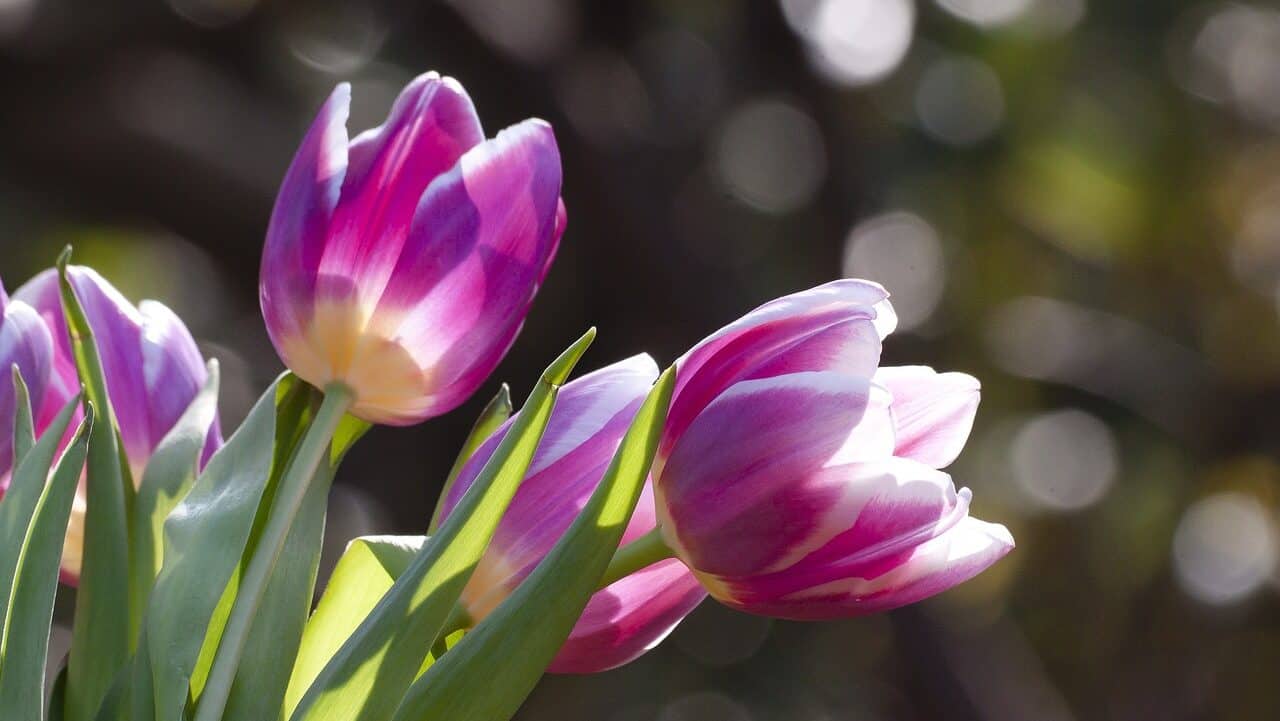
Prepare Your Planting Material
Before you start planting, make sure you have all of your planting materials ready by:
Calibration – Sort your bulbs and inspect them for stains and damage before planting. Because smaller bulbs germinate later than bigger bulbs, they are planted several days later.
Cooling – The bulbs are put in a chamber with a temperature of 9 ° C for two weeks to help them germinate quicker.
Cleaning -Brown husks are scraped away from the bulbs. The bulbs are examined for damage and stains to assure the quality of the planting material and to speed up germination.
Disinfection -The planting material is steeped in a dark pink potassium permanganate solution for 40 minutes.
Growing Care for Your Tulips
If you want to sell your tulips while they’re in high demand, you should take the following steps.
Lighting
For the first two months, the greenhouse is shaded, since the planted bulbs must be maintained in the dark. Tulips get ample natural light till February. After that, the plants are given 12 hours of daylight.
Temperature
Maintain a temperature of 7 to 9 ° C in the greenhouse for the first two months after planting. The temperature is then raised to
- 18 to 17 ° С during the day
- 14 to 15 ° С at night
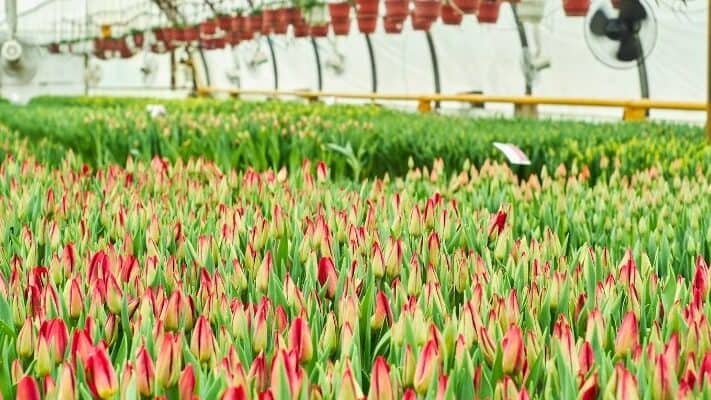
When tulips bloom, the temperature is reduced to 15 ° C.
Humidity
Tulips thrive in humid environments. Ensure that the greenhouse’s walls are sprayed every day to offer them the best possible environment.
Watering
Every day, irrigate your tulips with water that is 8 to 12 degrees Celsius.
Topdressing
Alternate your watering and feeding for the first two weeks. 20 g calcium nitrate, diluted in 10 liters water, should be given. Throughout the growing season, feed your plants twice using specific fertilizers.
Correct Harvest
The quality of the cut determines how long the buds will stay fresh and if the bulbs will be appropriate for planting the next year
You have three options to harvest your tulips:
- Cut tulips very low with leaves
If you do not plan to use the bulbs for planting next season
- Cut tulips with the ground part with a height of at least 7 to10 cm remaining in the ground.
This will make them suitable if you are planting next year.
- Dig up with the bulbs
Then the bulbs on the tulips are washed clean from the ground. These flowers will stay fresh for a much longer time
Conclusion
Growing tulips in a greenhouse necessitate continual care from the plant’s owner. This is to provide a consistent temperature, adequate humidity, and correct watering.
Despite this, even a novice flower farmer will be able to cultivate tulips. The most important thing is to stick to the planting and maintenance instructions.
if you want your farm employees to learn more about cultivating and safeguarding your Tulips. This is where EyouAgro comes in handy.
EyouAgro is a global agriculture netting firm that is eager to assist you. EyouAgro has a large netting production capacity for a variety of netting goods and accessories. Before making your purchase, we can also provide you with a free netting sample. We also provide technical assistance and professional guidance on how to utilize our nets.
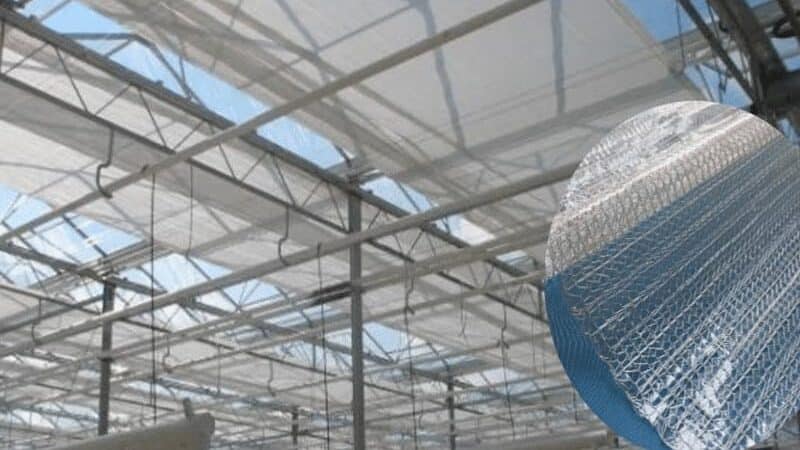
Contact us at info@eyouagro.com to discuss the best netting protection for your farm, or buy online at www.eyouagro.com to fill your orders

